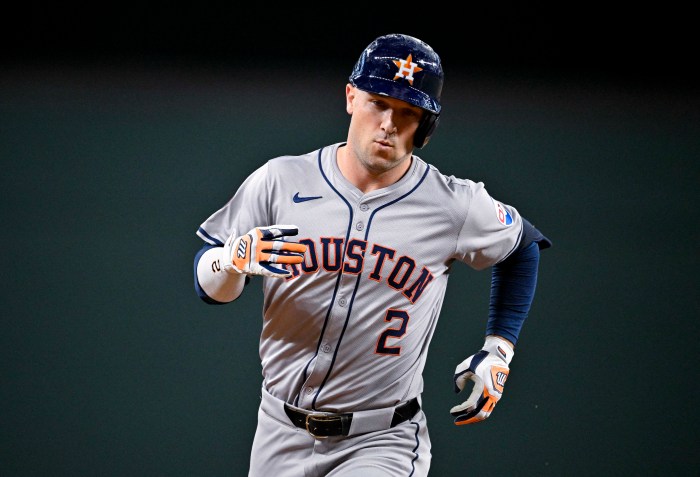By Kenneth Kowald
Labor Day used to be a big deal in the city. And why not? It started here in 1882, when the Knights of Labor held a parade. In 1884, the tradition started for holding the parade on the first Monday in September. In 1887, it became a state holiday. In 1894, Congress declared it a national holiday.
In former times, parades were large and, if I am not mistaken, Democratic presidential candidates “kicked off” their campaigns on Labor Day in the city.
Today, if there are any parades, they are on another day. And they are small. The holiday gives us a three-day weekend and for some time it has unofficially marked the end of summer.
And, of course, there are the sales, an integral part of every American holiday, to divert us from a proper observance.
I grew up in a union family. My father, who worked for the city Sanitation Department, was a member of two competing unions at one time: the AFL and its rival, the CIO. We were brought up to respect laboring people and told never to cross a picket line.
I did that several times, however. I once did when I worked full time and was an evening session student at City College. On that day, the students called a strike. I crossed the picket line, to my sister's horror. I told her I had no time for the “day kids”' luxury of skipping classes.
Then, late in my career in management at a large New York corporation, the union called a strike, which lasted many weeks and ended with a contract not as favorable as the one offered earlier.
I knew many of the union leaders and the picketers and I joked with them about the fact that they did not know how to picket. They were lazy in their walks in front of the building and there was no oomph in their shouts, I kept telling them.
I was a member of a union for a number of years. Two days out of high school, I got a job in the circulation and subscription department of the newspaper PM. It was a “closed shop” and union membership was mandatory. I continued the membership when I went to The New York Times as a copy boy and later as a clerk on that paper's city desk.
When I came back from my Army stint, I worked for weekly newspapers in Queens, but they were not unionized. After that, I held management positions in government, nonprofit agencies and industry.
I have always been in awe of people who can do wonderful things with their hands and minds. The most manual labor I ever did was in the Army.
The laboring women and men of our country have helped to make it the great place it continues to be. As we mark their day, in whatever fashion, I am reminded of the legend on the tomb of Sir Christopher Wren, the great English architect, buried in the crypt of his own magnificent St. Paul's Cathedral in London. It reads: “Reader, if you seek his monument, look around you.”
The great monuments of American labor are all around us. Let us remember that on Labor Day.



































